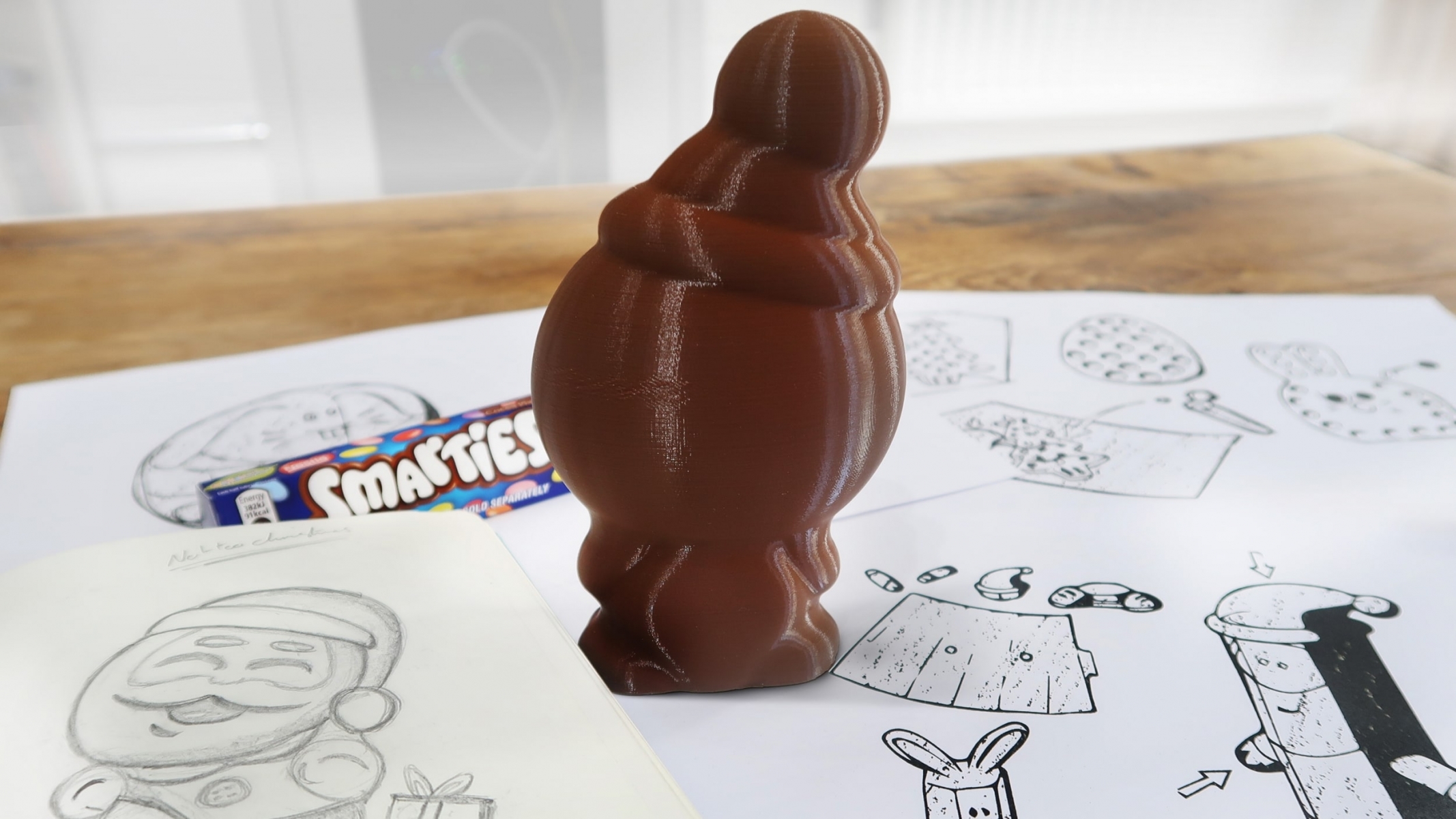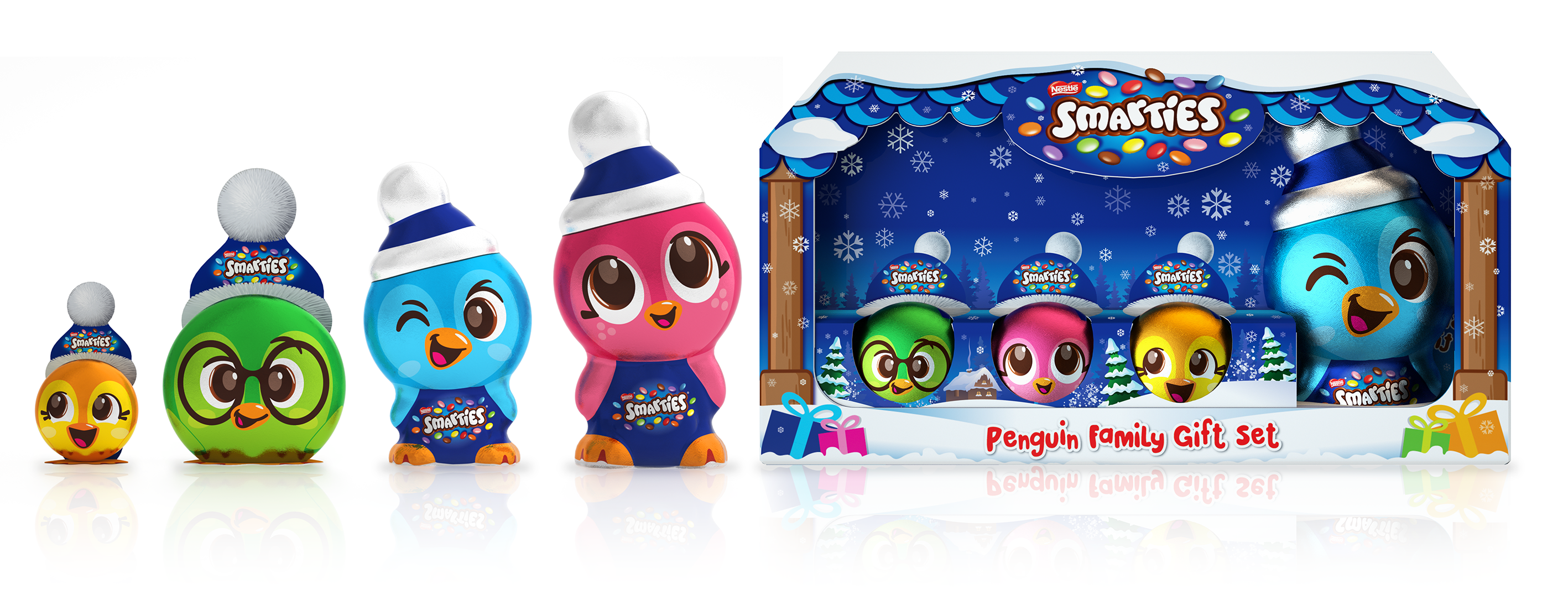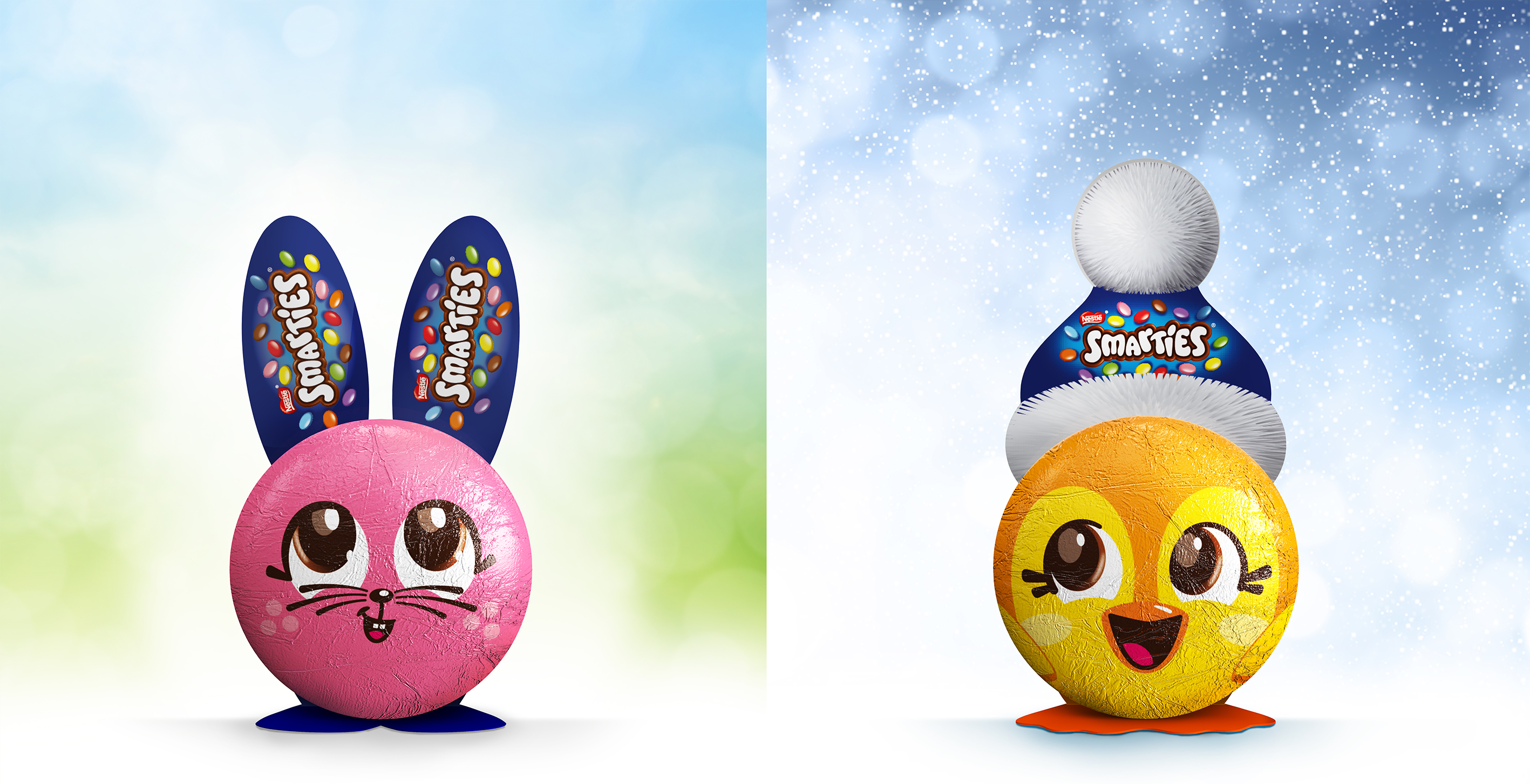Since the publication of ‘How Brands Grow’ back in 2010, the way that brand owners view packaging design has changed.
Far from using the pack as a training ground for Junior Brand Managers to cut their teeth on, it’s now more common for the Marketing Director or even the CEO to take a keen interest in pack changes, because they finally know how the medium works.
That’s a mixed blessing for strategic design agencies like ours. On the one hand we’ve always advised brands to make even more of the things that make them recognizable, and sometimes famous. But by coining the term ‘Distinctive Assets’ and proposing a way to identify and measure them, Byron Sharp and his team have lent a lot of weight to that argument.
On the other hand there is sometimes a bit of a ‘knee-jerk’ reaction in the Boardroom to the suggestion of a design change, even when one is patently needed. Indeed, How Brands Grow warns that ‘a design change is rarely a good idea’, but in our opinion this is only true when re-designs follow fashion, trends and competitors instead of the brand’s distinctive, ownable identity.
Lost in translation
The role of Distinctive Assets is highly relevant in the world of brand extension and innovation. It’s often here that brands lose their way, adopting category codes or trying too hard to look cool and interesting. The result is often a fragmented pack that consumers don’t recognize and easily pass by.
In contrast, when a brand consciously designs its NPD from the assets outwards, even brand new products can instantly provide that all important mental shortcut to our memories of brands.
Distinctive design
Whilst a surprising variety of elements, from a jingle to a typeface, can count as Distinctive Assets, we find that logotype (a distinctive way of writing the brand name), unique colours, and packaging shape are the main triggers of instant recognition, at least on shelf.
In categories like confectionery, where the product itself can be designed in a unique form, there’s an extra source of potential distinctiveness. From Toblerone and Terry’s Chocolate Orange through to Kit Kat and Ferrero Rocher, many brands in this category trade on just such assets.
Seasonally generic
What the majority of brands have neglected, however, is their seasonal offerings. Instead of leveraging their core brand’s distinctive shape and other assets they have tended to offer generic chocolate shapes with a bolted-on logo.

Yet seasonal special editions are good business. Whilst some consumers are buying less confectionery on a day-to-day basis they still want to treat their family and friends at key seasonal occasions, and they are prepared to pay more (pence per gram for seasonal products is significantly higher than on standard lines).
Shake those assets!
Having decided to shake up the category by creating something more distinctive and exciting, Nestlé partnered with us and Studio Davis, our regular partners for 3D branding and innovation projects.
Early design ideas were shared with Mums and Kids, resulting in a clear set of requirements for the figures: they had to be recognisably ‘made from’ Smarties in terms of shape and colour, and have the right personality, combining simplicity, playfulness and imagination.
The value of the research was turbocharged by the creation and rapid adaptation of 3D printed figures, allowing consumers to respond to the designs in a natural way. And without getting sticky fingers!

The insights confirmed the appeal of both character design and packaging using the Distinctive Assets of Smarties: the specific ‘lentil’ form, the rainbow of colours, and the shakeability of the product inside.
The final result is a whole family of strongly branded 3D figures and packaging. From a 3D perspective the ‘Smarticons’ take a bold step away from generic packaging shapes. In order to make the characters into true brand assets, each member of the family has been illustrated using a multiplicity of Smarties’ shapes, for eyes, noses and skin tone.
The characters have also been designed to work at many different sizes and price points, from 18.5g impulse single figures to a full family gift set.

From the outset the ambition was to create both a design language and manufacturing principles that would work for a variety of gifting occasions across the year.
This means using a common footprint for each figure of a certain weight, but for some SKUs we went further: clever cardboard engineering allows the simple lentil shape to be turned into the seasonal character via the backing card – whether bunny ears and paws, or penguin winter hats and webbed feet!

Distinctiveness pays
The new packs have quickly become a 3D symbol of the brand, a novel way to (literally) play with Distinctive Assets. Buyers have responded favourably, with Smarties Penguins delivering a 75% sales increase for Christmas 2019 over the previous season’s generic figures.
Smarties Bunnies were bounding off the shelves pre-Easter, though with the actual event occurring during the global lockdown it’s going to be hard to make year on year comparisons.
We’ve also been applying our Distinctive Asset based design principles to more brands in Nestlé’s brand portfolio. Checkout our ‘Frightful Spectacles’ for Milkybar here…


